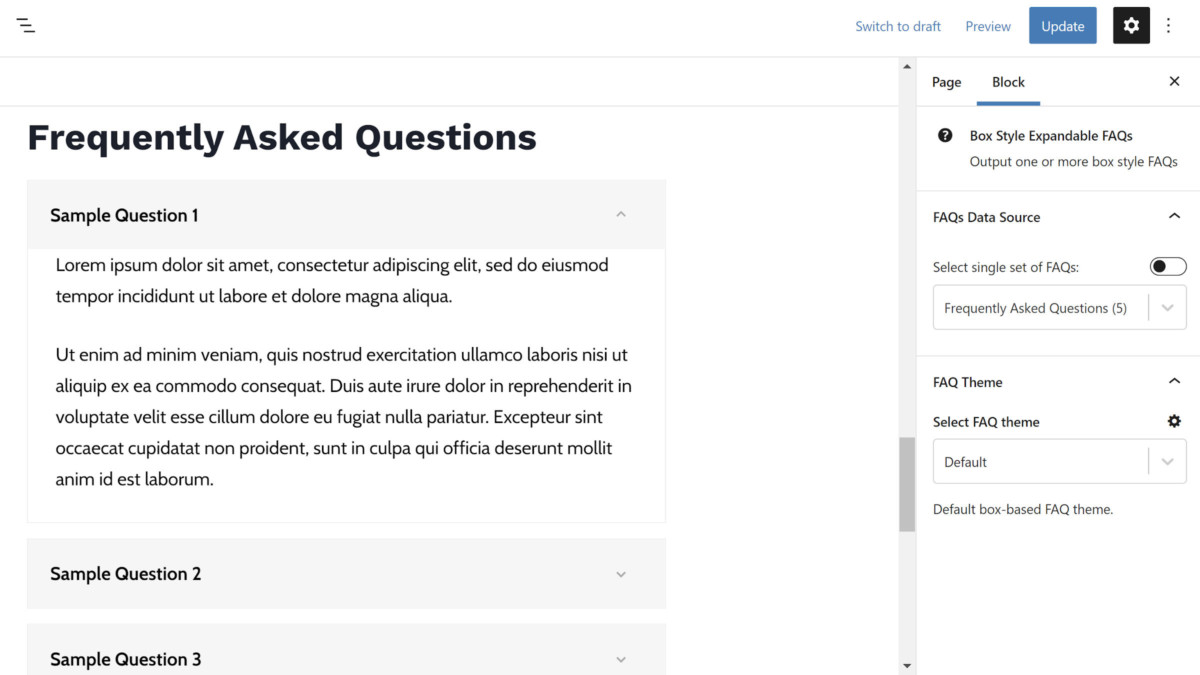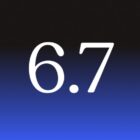David Gwyer released his Flexible FAQs plugin a year ago via his WPGO Plugins site. However, after a month of updates, the project seemed to fall off the radar, at least until earlier this week when he released a massive overhaul that integrates more with the block editor.
The plugin creates a custom post type for managing individual FAQ sets. This part of the plugin uses the classic editor interface instead of relying on the block system.
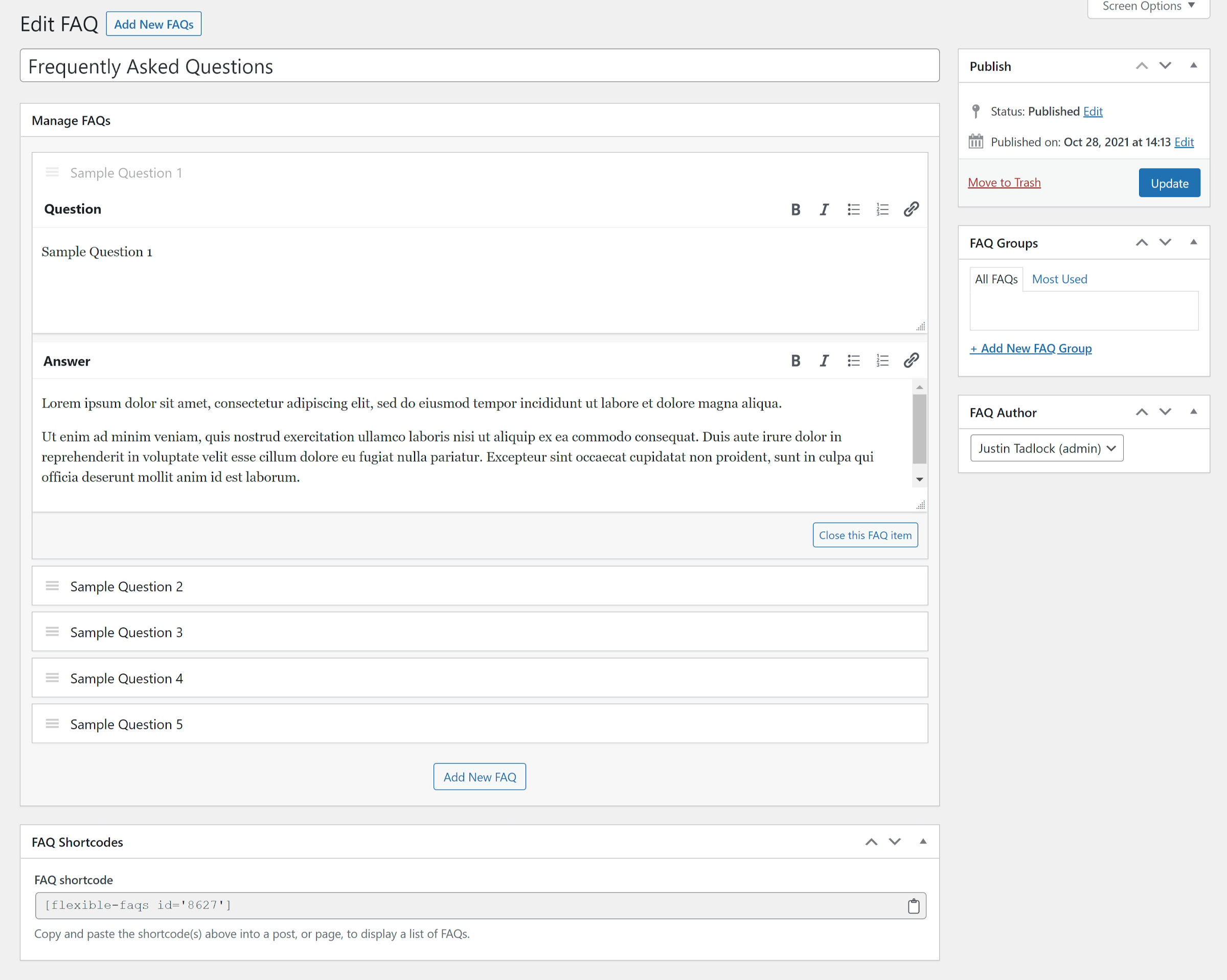
 Edit/New FAQ screen.
Edit/New FAQ screen.
Admittedly, the experience of the classic editor is always jarring whenever I load a plugin that uses it. FAQ posts do not have a content canvas. The data is saved as meta values, so it does not necessarily need to work with the block editor. However, I would love to see a plugin such as this one move its primary interface over.
The management screen is the same as posts, pages, and other post types, and adding a new FAQ is straightforward. The plugin presents users with a meta box for adding question-and-answer sets, which uses the TinyMCE interface for typing.
There is also a FAQ Group taxonomy for categorizing FAQ posts. This should come in handy for informational sites that need tighter organization. The plugin also offers a [flexible-faqs] shortcode, which classic users can drop in their posts and pages. However, others will want to take advantage of its blocks.
The plugin ships with three blocks for outputting expandable FAQ posts:
Each of the blocks allows end-users to select a published FAQ or a FAQ Group. They can then choose a “theme,” which can be customized.
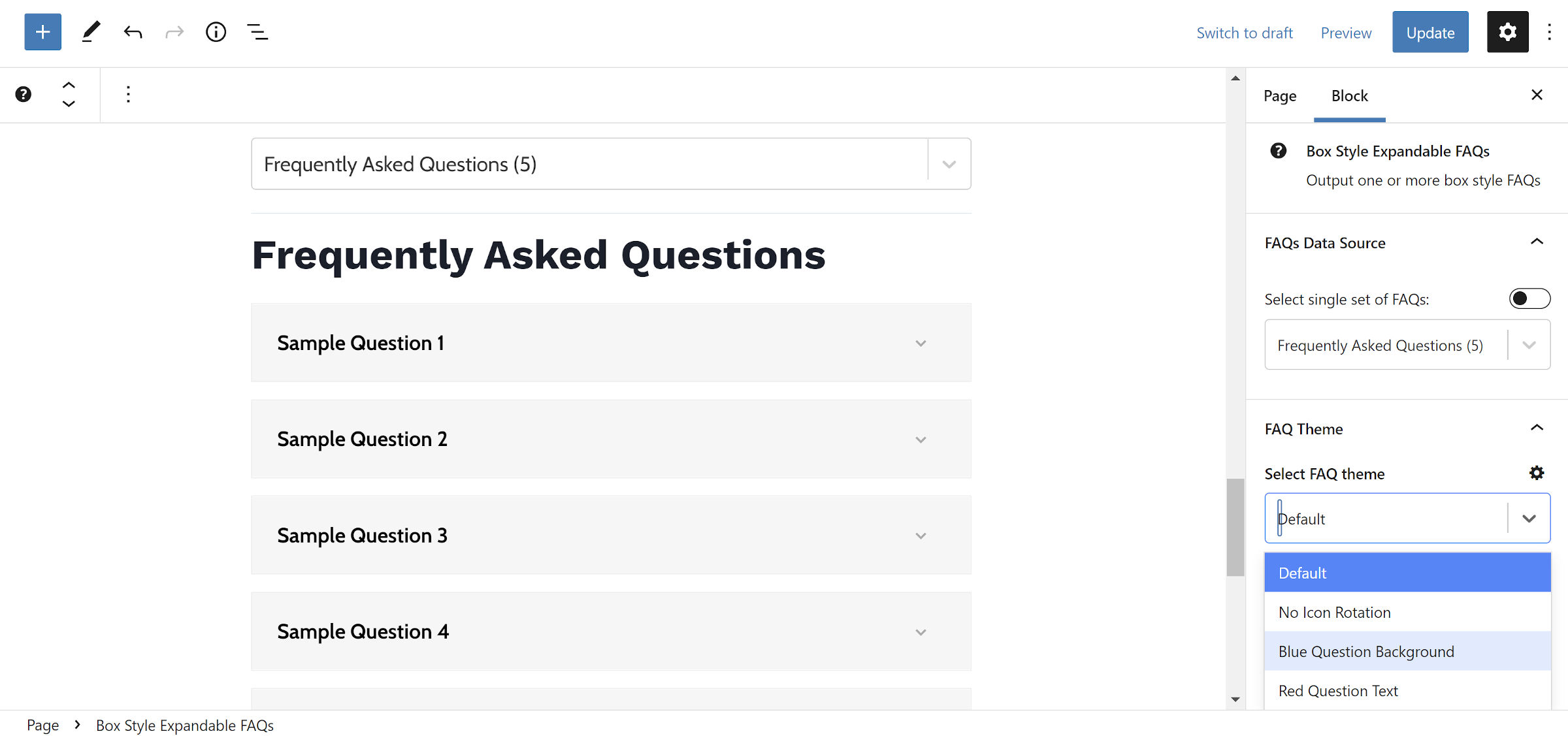
 Box-style FAQ with default theme.
Box-style FAQ with default theme.
Users will likely need to customize the FAQ theme because the plugin’s output has some styles that overrule theme defaults, particularly its colors.
The color picker used in each block’s options is different from core and feels out of place. However, users can still select from their theme-defined colors, except for the border setting. For some reason, the border color uses an entirely different picker control. Despite that, I was still able to get the output to line up with my theme.
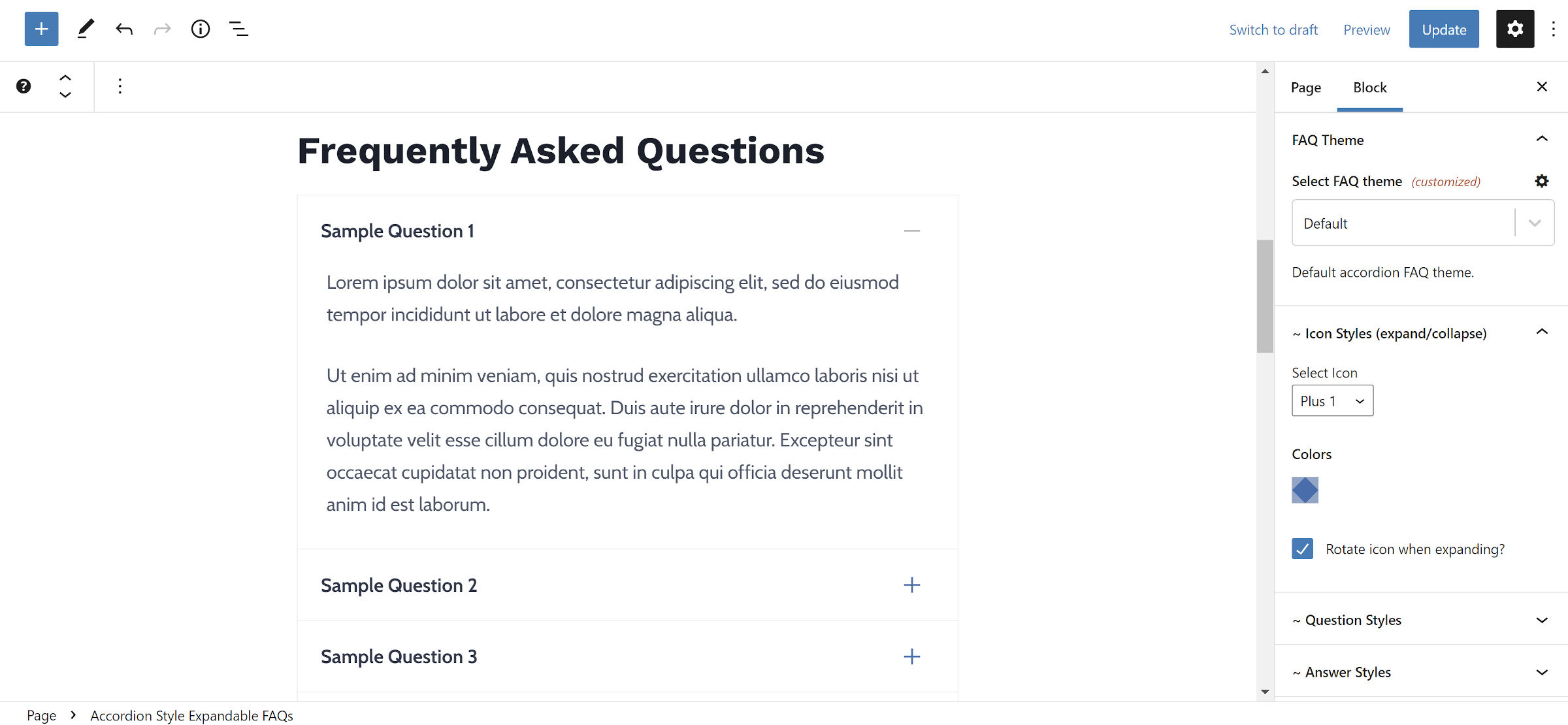
 Accordion-style FAQ with customized theme.
Accordion-style FAQ with customized theme.
The blocks would offer a smoother user experience if they leaned on more of WordPress’s built-in block controls and components. Using the core color and border features would be a good starting point. However, offering access to typography, full or wide-alignment, text alignment, and more would give users more flexibility with the design.
I am not currently a fan of the three-block approach. From my tests, I do not see a reason to separate them. Each does the same thing with slightly different styles. Instead of splitting the blocks, I would like to see a single FAQ block that focuses on design controls. The plugin could still offer the three base layouts as variations that are essentially presets of specific settings — that is what the variation system is for.
I would drop the “theme” system altogether. Then, use block styles for different default designs and add extra controls for customizing more specific features.
However, the pro version relies heavily on the plugin’s block-theming system. While the free copy offers a handful of themes, the commercial upgrade has over 100. This is not something that would be easy to backtrack at this point. Its saving grace is that user customizations are stored in the database, and they can reuse these modified themes across the site.
Regardless of any nit-picks I have, the version 0.5.10 update is leaps and bounds better than the earlier versions. The plugin is dead simple to get up and running. I built a few FAQ posts and dropped them into pages within minutes.
The plugin is also ARIA compliant and accessible. I ran into no trouble testing it from the keyboard.
The plugin’s front-end scripts for opening and closing the tabs do not seem to load when using a block-based theme. I am not sure if this is an issue from the plugin or a bug with Gutenberg. It should not deter most users at this point, but it should be addressed before WordPress 5.9 launches with its support of block themes.
The plugin is not ideal for every situation. For those who have multiple FAQ pages or lists, it offers an easy route toward managing them. For sites with just one or two sections of questions and answers, it is likely overkill.
For the latter group, Jordy Meow’s FAQ Block plugin makes a lot more sense. It allows users to build a FAQ directly in the post or page, but it does not provide a central location for managing multiple FAQs.
Like this:
Like Loading…


